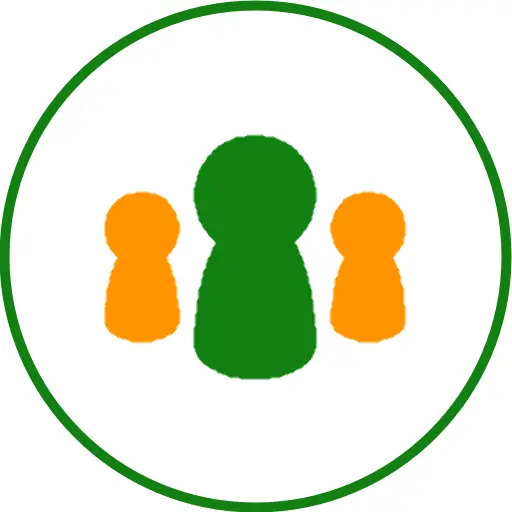 Gonggi
(0)
Gonggi
(0)
Who is this game suitable for?
Suitable for ages 0 and up. You can play with 1 to 99 players.
For the pros among you, the following mechanics can be decisive: ...
Game Data
| Average time to play: | 10 |
| Minimum age: | 0 |
| Number of players: | 1 - 99 |
| Publisher: | (Public Domain) |
| Designers: | Unknown |
| Artists: | Unknown |
| Mechanics: | Unknown |
Gonggi (Korean: 공기, IPA: [koËÅ‹É¡i]) is a popular Korean children's game that is traditionally played using five or more small grape-sized pebbles. Nowadays, children buy colourful plastic stones instead of finding pebbles. It can be played alone or with friends. The stones are called gonggitdol (공깃ëŒ. Since only a few stones and a flat surface are needed for play, the game can be played by anyone almost anywhere. An equivalent game also exists in Nepal and is known as 'gatti'.
The game is also called Jjagebatgi in North Gyeongsang Province, Salgu in South Gyeongsang Province, and Datjjakgeoli in South Jeolla Province.
Gameplay
The game generally begins with each player tossing the stones from the palm of their hand into the air. While airborne, the player switches their hand backside up. The gonggi stones are then caught on the back of the hand. The person with the leading amount plays first.
How to play gonggi
Level 1: The stones are thrown on the playing surface and the player picks a stone to throw up in the air. While airborne, the player picks up one stone on the playing surface. Then, the player catches the stone. These steps are repeated until all the stones have been caught.
Level 2: The stones are thrown on the playing surface again. However, at this level, the player picks up the stones two at a time.
Level 3: The stones are thrown on the playing surface. The stones are picked up once in a cluster of three, and the other in the amount of one.
Level 4: The player throws one stone in the air, places the others on the surface, and catches the airborne stone. Then the player tosses the same stone again, but this time, picks up the four clustered stones on the playing surface and catches the airborne stone.
Level 5: The player tosses the stones from the palm of their hand into the air. While airborne, the player switches his hand backside up. The stones are then caught on the back of the hand. Then, the player throws the stones in the air and catches them. The number of stones caught amount to the score. There are various tricks in this phase. Some examples are "The Dragon" and "The Clap–Toss". However, such ostentations are not allowed in official game play.
Various tricks in Level 5
Dragon
While the stones are airborne, the player switches their hand backside up, catches several stones, switches their hand backside down, and catches the stones that are left over.
Clap Toss
While the stones are airborne, the player claps their hand before catching the stones.
Both “dragon” and “clap-toss” gives the player twice the score; twice the number of stones.
—description from wikipedia
Alternative names:
Gonggi
Last Updated: 2025-10-11 16:29:51 UTC


Load comments...